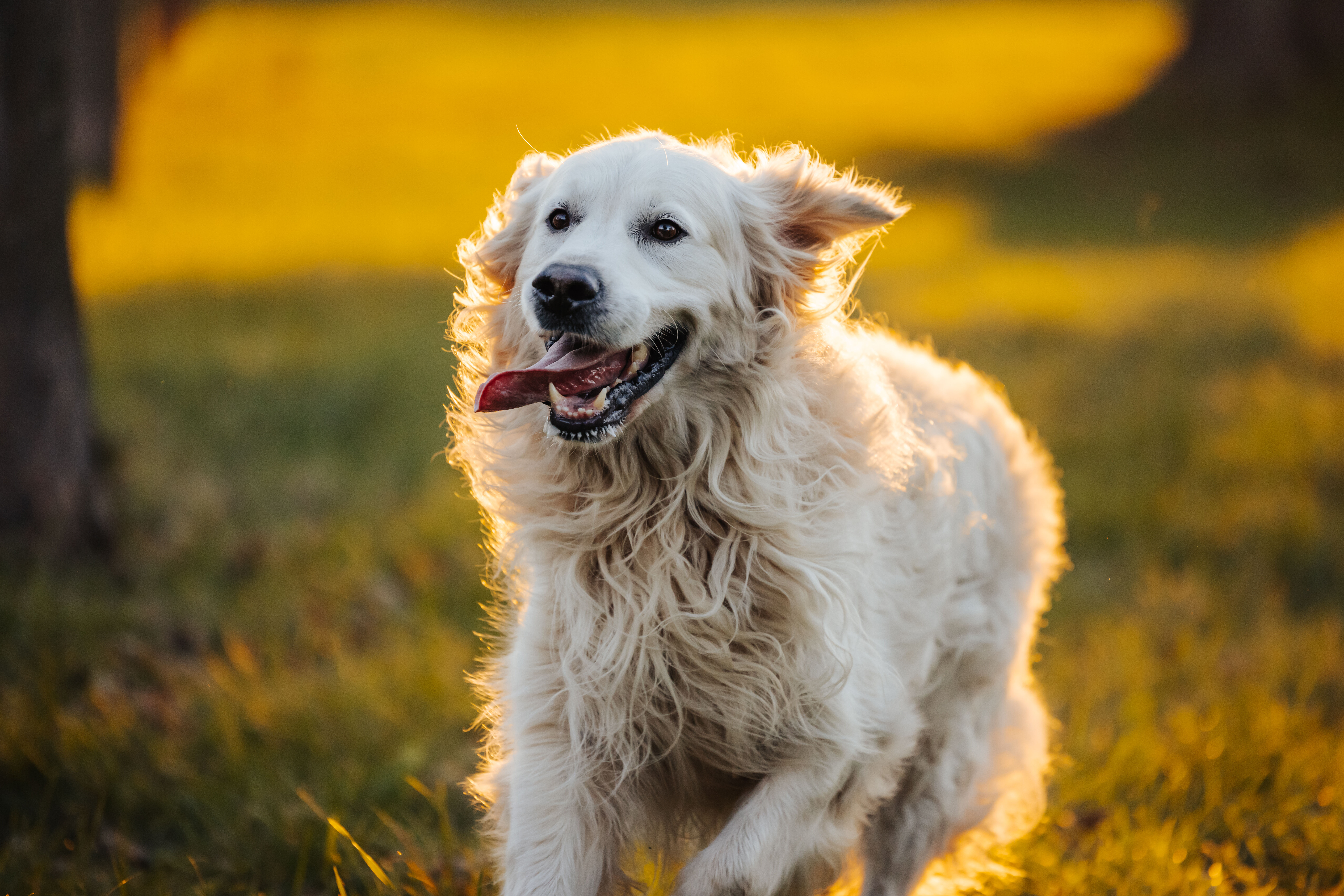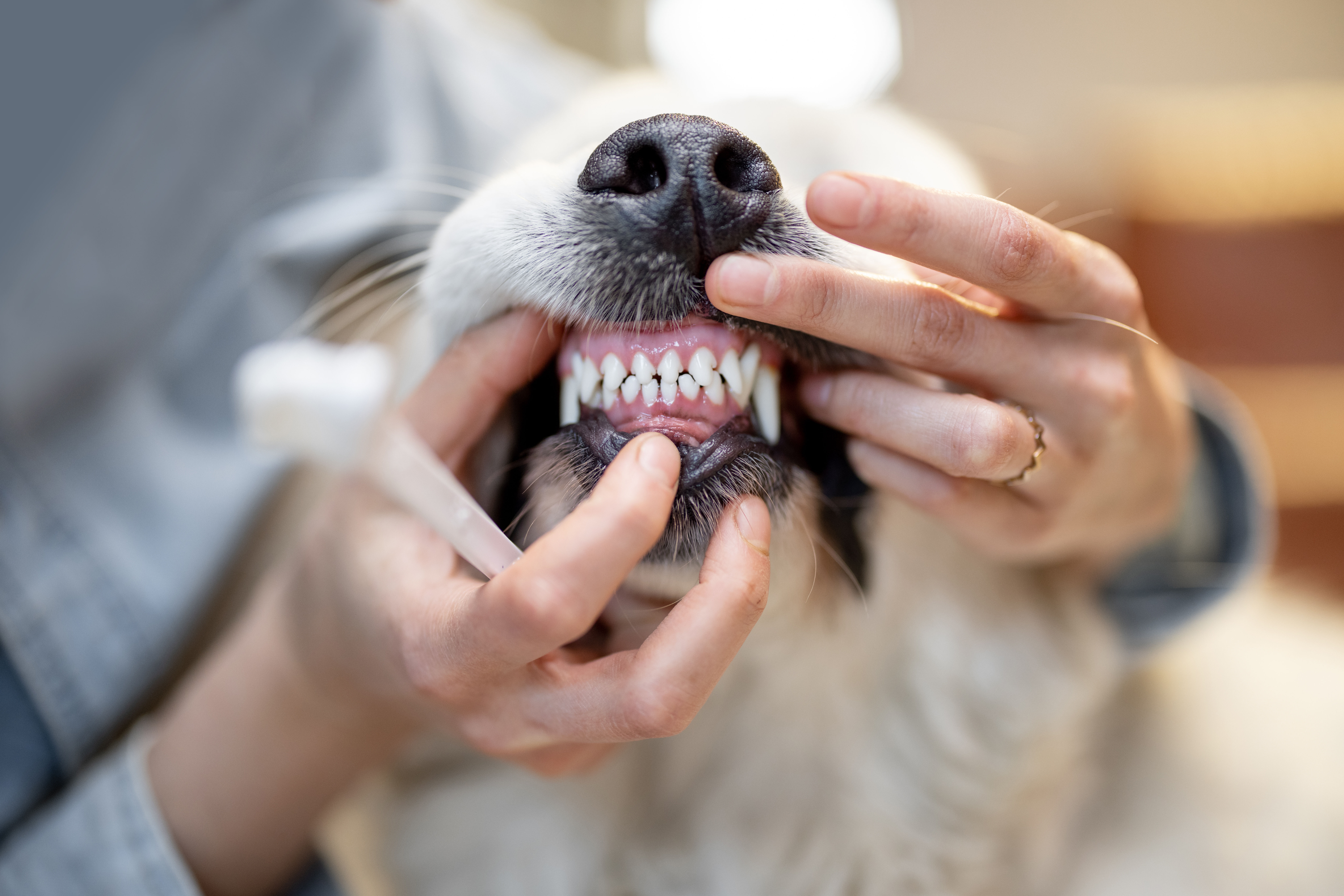This content is written by Katie Falk, associate veterinarian at Rocky Gorge Animal Hospital.
There are many reasons to prioritize your dog getting enough exercise, including weight management, anxiety and preventing health issues, such as arthritis.
While arthritis is extremely common, it is a bit more complicated than it seems. Arthritis is primarily an inflammatory process within the joint. It can come on earlier and be more severe due to adipose tissue, or fat. Fat not only adds more pressure on the joints, but the adipose tissue itself creates its own inflammatory response within the joint. Keeping a lean weight throughout an animal’s life is key to preventing debilitating effects of arthritis. And what better way to fight off fat than through daily exercise? The motion of walking, running and jumping also lubricates the joints, protecting them from arthritis.
Anxiety disorders are a growing condition amongst our dogs and cats. Signs of a potential anxiety disorder include destructive behavior, chewing up things in your home, pacing, frequent barking, agitation, lack of focus and even aggression. While working at home or trying to relax and having it interrupted by your rambunctious pet may be frustrating, try to see things from your pet’s perspective. They may have boundless energy and excitement for life, but only received a 20 minute walk this morning and once more when you got home this evening. Otherwise, they’ve been sitting at home all day with their thoughts and pent-up energy, alone. They may be trying to communicate with you that they need more play time. One of the first things we, veterinarians, like to recommended when combating a possible anxiety disorder is exercise!
The amount of mental and physical stimulation needed on a daily basis varies greatly bases on the individual. There are factors to consider when exercising your pet, such as age, size, breed and health status. Over-doing it is a very real possibility. While some pets know their limits and will stop playing, drink some water, and lay down, many will never stop until we make them. There are very real dangers of too much exercise, such as heat stroke or muscle injury that vary based on the amount of exertion, weather and hydration status. It is important to be mindful whenever exercising your pet, especially when increasing their normal routine.
I think a great way to test if your pet is getting enough exercise is by how well they rest at home. If they seem restless, agitated, anxious or bored, they may need more exercise. If they lay in one spot for hours after exercise and are resistant to get up again, they may have had too much exercise and you should consider cutting back next time. When changing exercise habits, it is always important to make small, gradual changes, frequently reassessing how your pet is handling the adjustments. If there are any questions or concerns regarding your pet’s amount of exercise, weight management, pain, or anxiety, you should consult your veterinarian right away. Rocky Gorge is eager to help you manage these changes and give your pets a healthier, happier lifestyle.







